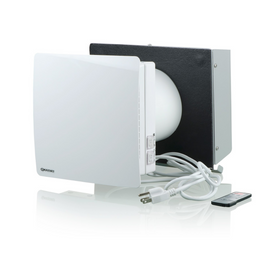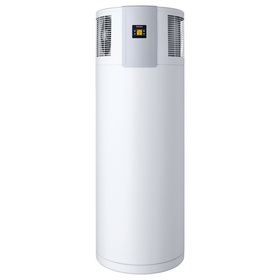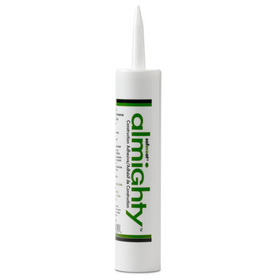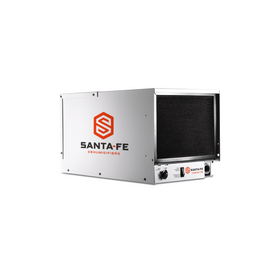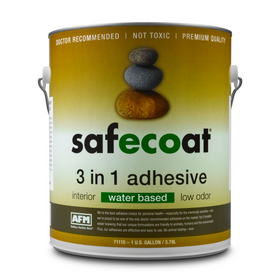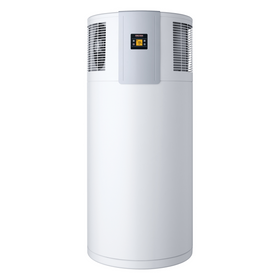
Serenbe Community: Georgia's New Model for Urban Planning
Last Updated: Mar 17, 2025Over 80 percent of the United States population lives in urban areas across the county. Making the transition towards a more sustainable society, then, requires us to rethink how our urban areas are organized and structured. Unfortunately, many urban areas have been negatively affected by gentrification and unsustainable planning. Lower-income residents are often left in “food deserts,” where there is extremely limited access to affordable and nutritious food in a general geographical location. Smaller cities often have inadequate public transportation options, and larger cities can be too spread out, discouraging walking, biking, and other alternatives like carbon-free transportation options.
A recent study by Scientific American found that “residents of just 100 cities account for 20 percent of humanity’s overall carbon footprint, according to a new estimate of carbon dioxide emissions. This share is comparable to worldwide industry-related emissions, showcasing how individual consumption is a major contributor to excess carbon dioxide.”
While cities such as Chicago, Los Angeles, and New York have put into motion ambitious sustainability goals and plans, people living in urban areas are still responsible for an enormous amount of greenhouse gas emissions and other environmental issues. In fact, the United Nations recently included urban sustainability as one of their foundational sustainable development goals (SDGs), seeking to make cities inclusive, safe, resilient, and sustainable.
The Serenbe Community located just south of Atlanta, Georgia, offers an inspiring example of how urban communities can be just that: inclusive, safe, resilient, and sustainable.
What Makes the Serenbe Community Different?
Serenbe is a unique, experimental green community that was originally designed by the architect Dr. Phil Tabb, who lives in a net-zero house in the community. The founders, Steve Nygren and Marie Lupo Nygren wanted to find a way to preserve and protect the rural land just outside of the Atlanta metropolitan area. Afraid that the Chattahoochee Hill Country would fall prone to expanding urban sprawl, Steve and Marie eventually purchased a large part of the land and began the process of designing sustainable human communities.
Table of Contents
- Housing at Serenbe
- The Blue-Eyed Daisy

The first house was built back in 2004, and today there are over 650 residents living among the 1,000 acres of the natural forest landscape. The Serenbe community is divided into four separate hamlets, each of which incorporates complementary commercial centers.
One of the defining aspects of the Serenbe community is that there is a focus on creating walkable and livable communities that reduce dependence on cars and city commutes. Besides having dozens of locally owned and operated businesses, each of the four hamlets also includes spaces for agriculture, arts and entertainment, and educational opportunities.
Dozens of miles of nature trails connect the homes, restaurants, art and entertainment options, and other businesses. As part of the community living design, each of the four hamlets that make up the Serenbe community offers different features and attributes. For example, the Grange Hamlet is focused on urban agriculture opportunities and has a fully functional 15-acre organic farm that provides a large amount of food to the community through a CSA program. According to Garnie Nygren, one of Serenbe’s founders, “all week long, everyone at Serenbe can eat vegetables that have never been in a car [or truck].”

The neighboring Selborne Hamlet is more artistic in nature and offers several opportunities geared towards the performing, visual, and culinary arts. The Mado Hamlet incorporates a spa, fitness center, and other centers that focus on holistic health and wellness. Each of these separate spaces is easily accessible through walking trails to all the members of the Serenbe community.
Housing at Serenbe
Unlike massive suburban developments that produce hundreds of similarly styled homes, the Serenbe community purposefully integrated a variety of housing elements that added diversity to the landscape. It is possible to find townhouses, cottages, and estate homes designed for all different types of lifestyles. While some residents build their own dream homes, the community also offers architectural floor plans as well as move-in homes ready to occupy.
Because the property was originally a natural, forested landscape, the design intent of the Serenbe community was to preserve this natural landscape while offering proximity to urban amenities and services. Instead of trying to fit the maximum amount of homes into mid-sized lots (as is the case with most suburban developments), Serenbe’s planners chose strategic locations for the homes throughout the hilly landscape. This strategic location not only reduced the impact on the landscape but also increased the resiliency of the homes by optimizing the ways in which homes could utilize the natural elements. The placement of the homes also allowed sustainable-minded homeowners to develop house plans which would allow their residences to become regenerative parts of the local landscape while also creating easy access to the natural world as part of biophilic architectural design.
The community has incorporated a number of rules and regulations that seek to maintain the unique, ecological character that distinguishes it from other urban communities. For starters, the community specifically prohibits green lawns dependent on large inputs of agrochemicals and irrigation. Rather, there is a focus on water-smart landscapes with native and edible vegetation options.
In terms of heating and cooling, the relatively mild winter climate of Georgia allows homeowners to avoid dependence on energy-intensive HVAC units. Rather, most homes are completely heated and cooled by ground source heat pumps, thus radically improving the energy efficiency of the homes. Since home heating and cooling are responsible for roughly 441 million tons of carbon dioxide annually, this reliance on heat pumps significantly reduces the carbon footprint of the homeowners living at Serenbe.
In terms of water management, the vast majority of homes in the Serenbe community include greywater recycling systems. Instead of sending black water to a municipal sewer system or private septic tanks, the community has a blackwater recycling system through a unique vegetated wetland ecosystem.

The Blue-Eyed Daisy
While the Serenbe community has hundreds of sustainable homes, including a handful of fully off-grid homes that are net-zero energy use, the Blue Eyed Daisy is one of the most unique and inspiring buildings in the entire community. This “unofficial meeting place for Serenbe residents” is a small restaurant and bakery that also has the exclusive recognition as the smallest Silver LEED-certified building in the United States.

Due to the relatively small size of this commercial establishment, the Blue Eyed Daisy offers superior thermal performance and energy efficiency through skin and load-dominated conservation strategies. Specifically, the building is built to avoid overheating in the summer by incorporating daylighting with large, energy-efficient windows and natural ventilation strategies. The building offers geothermal cooling and high insulation levels while utilizing passive solar heating to keep the restaurant warm during colder months.
Besides relying on heating and cooling from a ground source heat pump, the Blue Eyed Daisy also incorporates environmental responsibility in its interior design. The majority of the furniture and interior pieces are made from upcycled wood.

The Blue-Eyed Daisy also reduces its carbon footprint through sourcing much of the ingredients for its menu from local farms, including the organic farm located in the community.
The Serenbe community offers a blueprint for sustainable urban design that incorporates a number of important sustainability considerations. As more and more people continue to flood to cities, developing smart, urban communities that respect the natural world will become more of a priority. Developers, take note!
Tobias Roberts
Tobias runs an agroecology farm and a natural building collective in the mountains of El Salvador. He specializes in earthen construction methods and uses permaculture design methods to integrate structures into the sustainability of the landscape.

